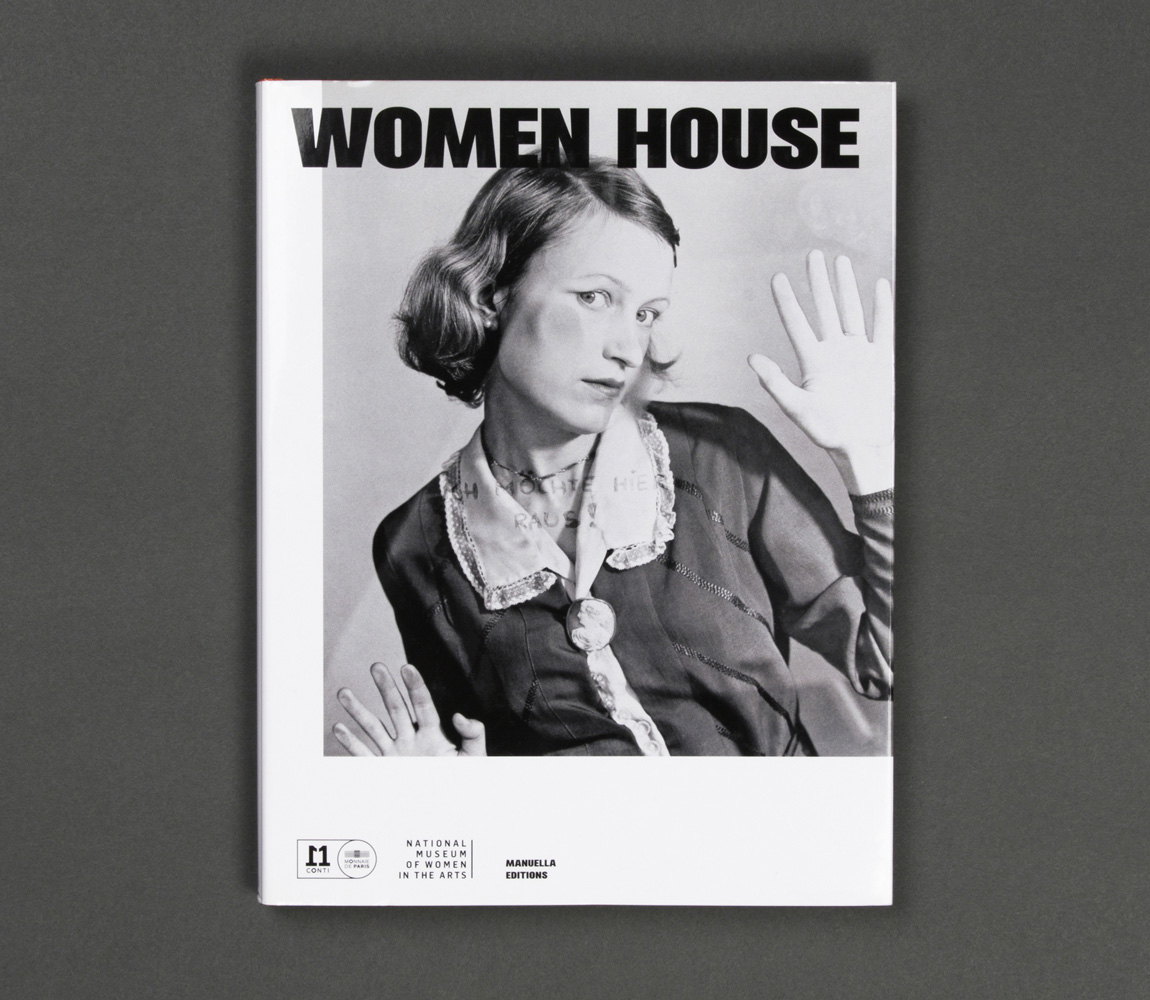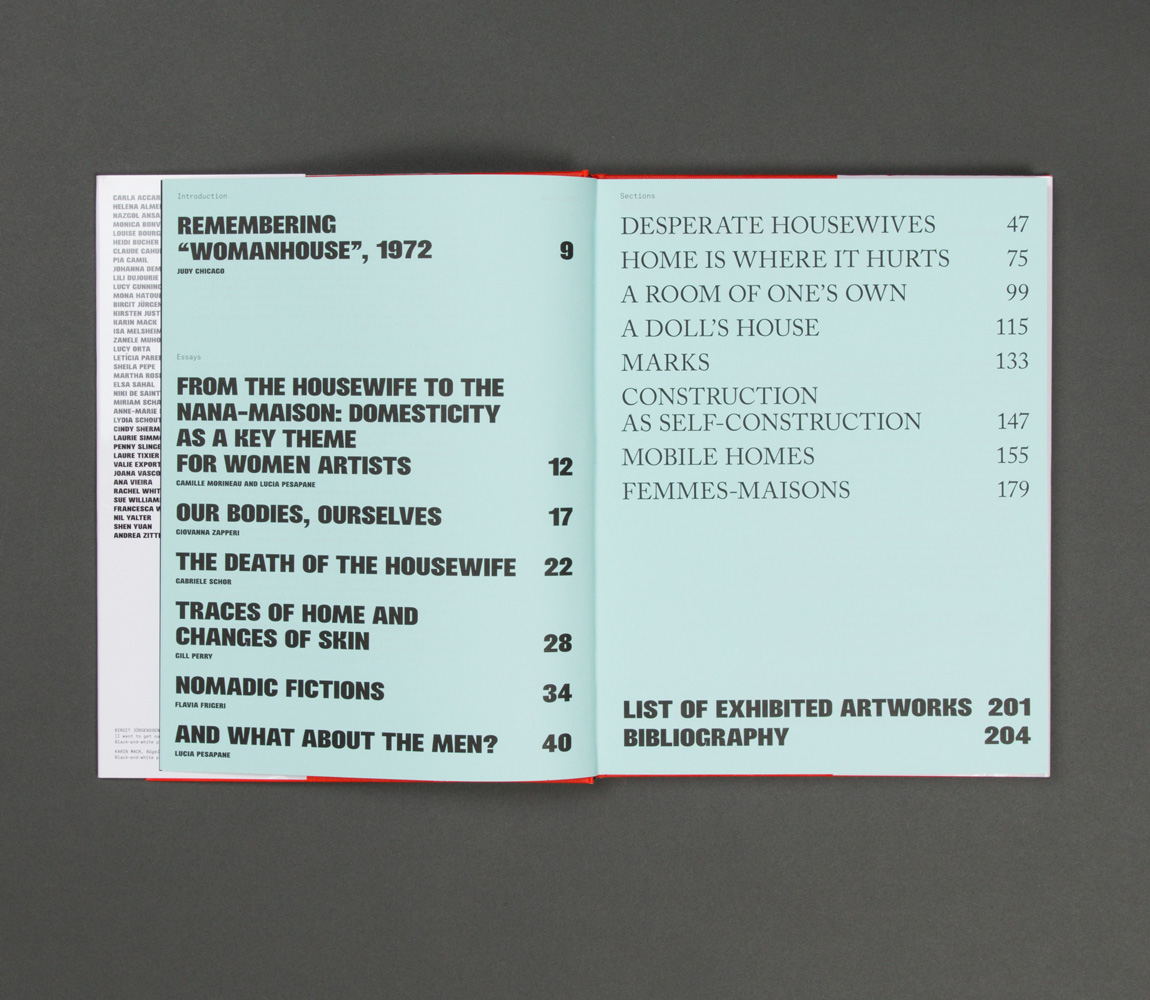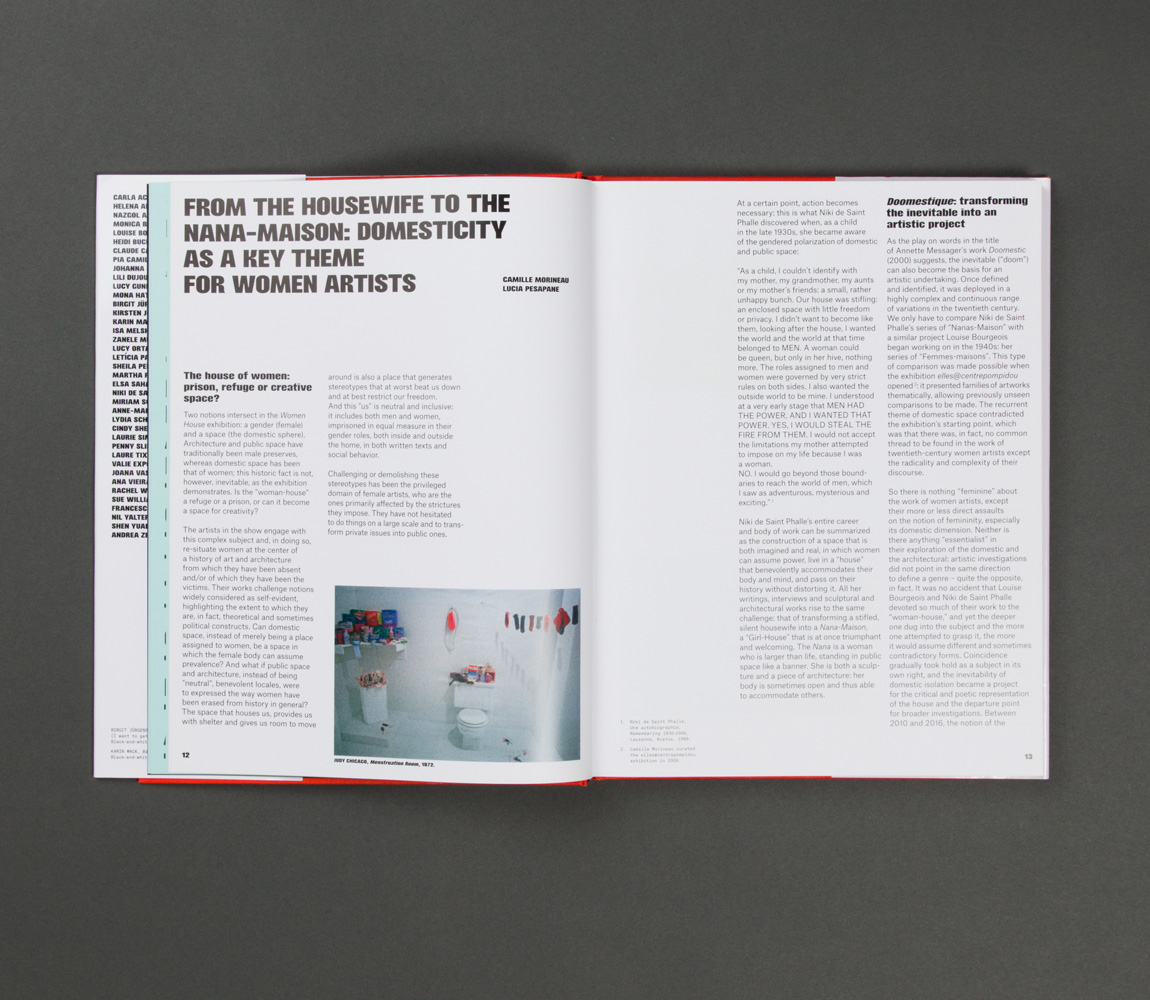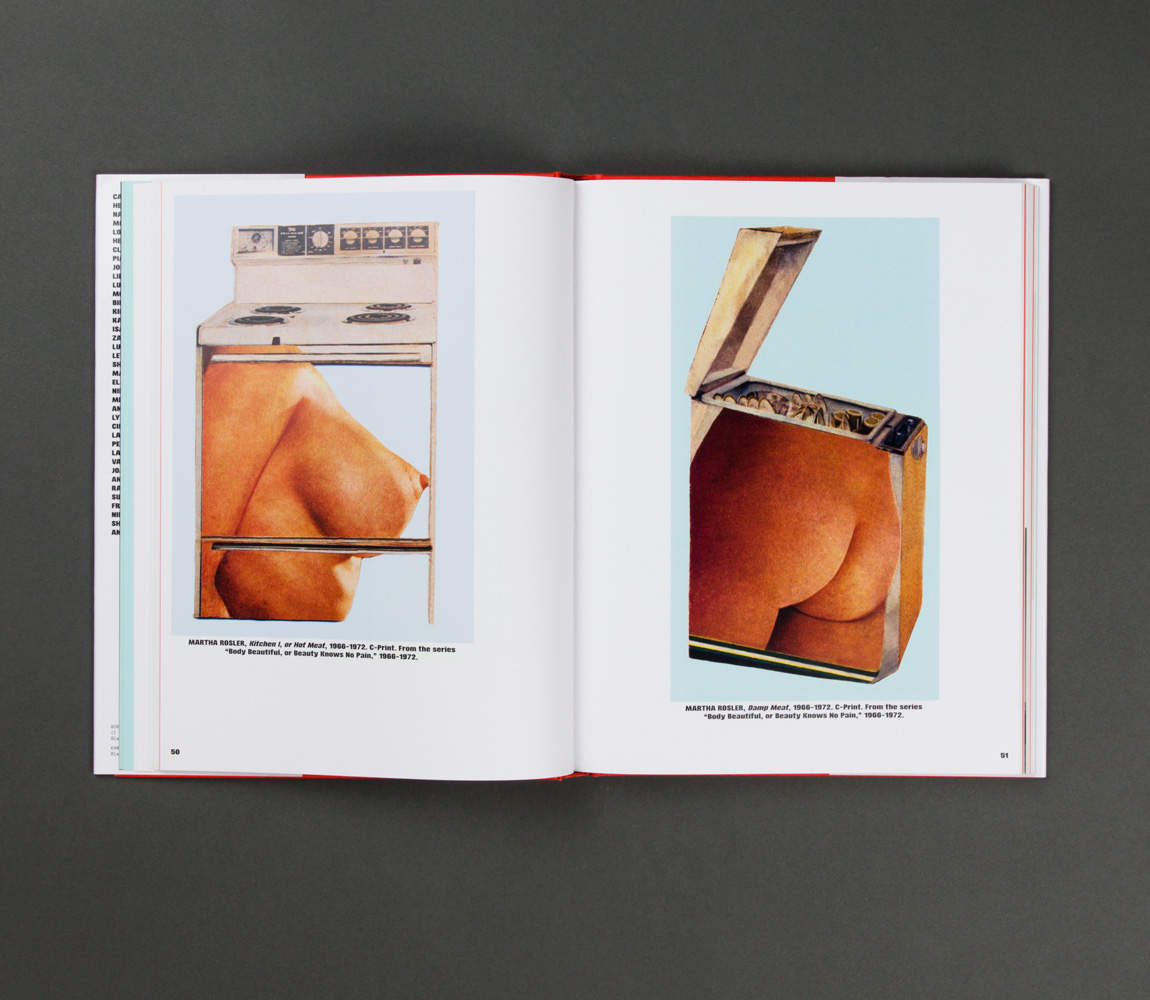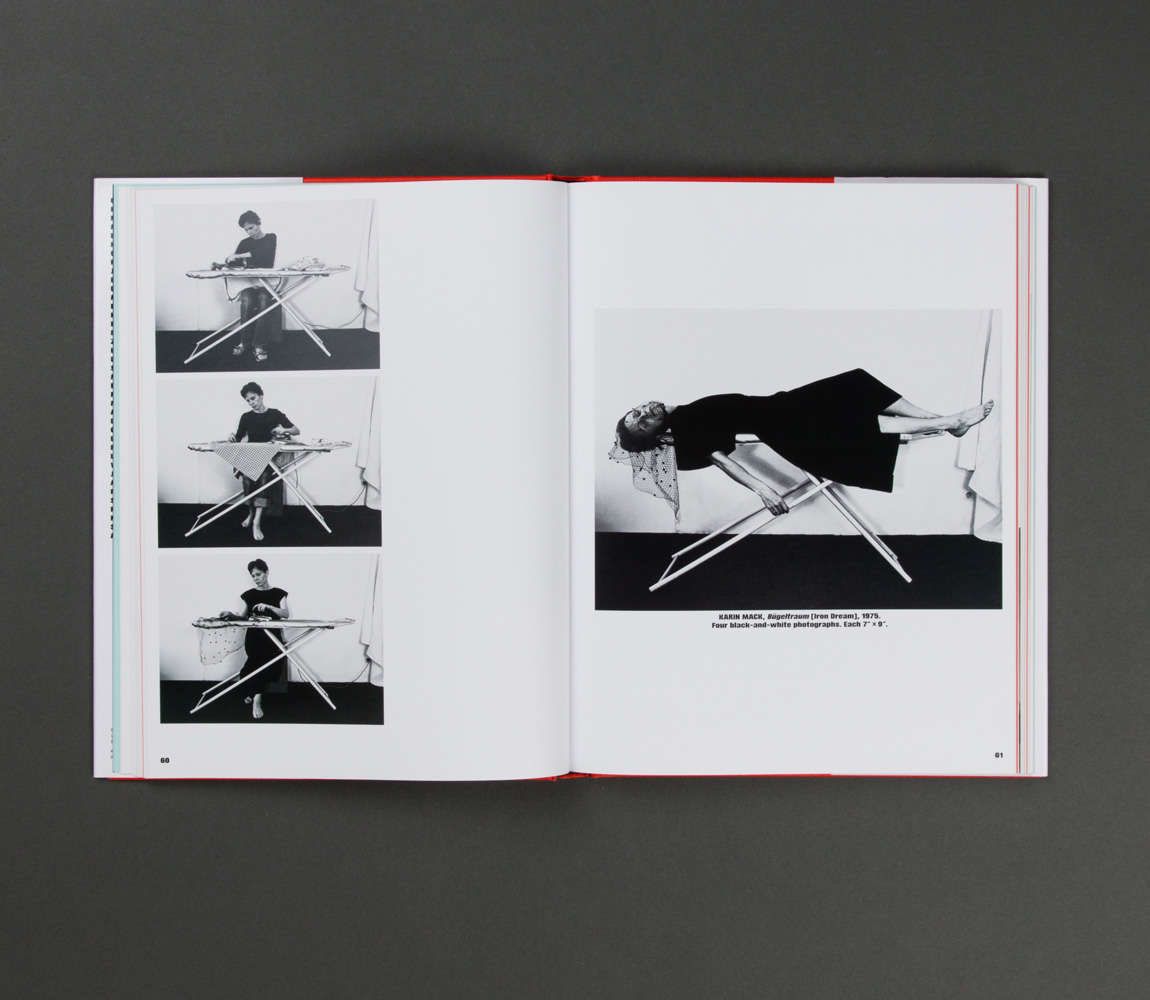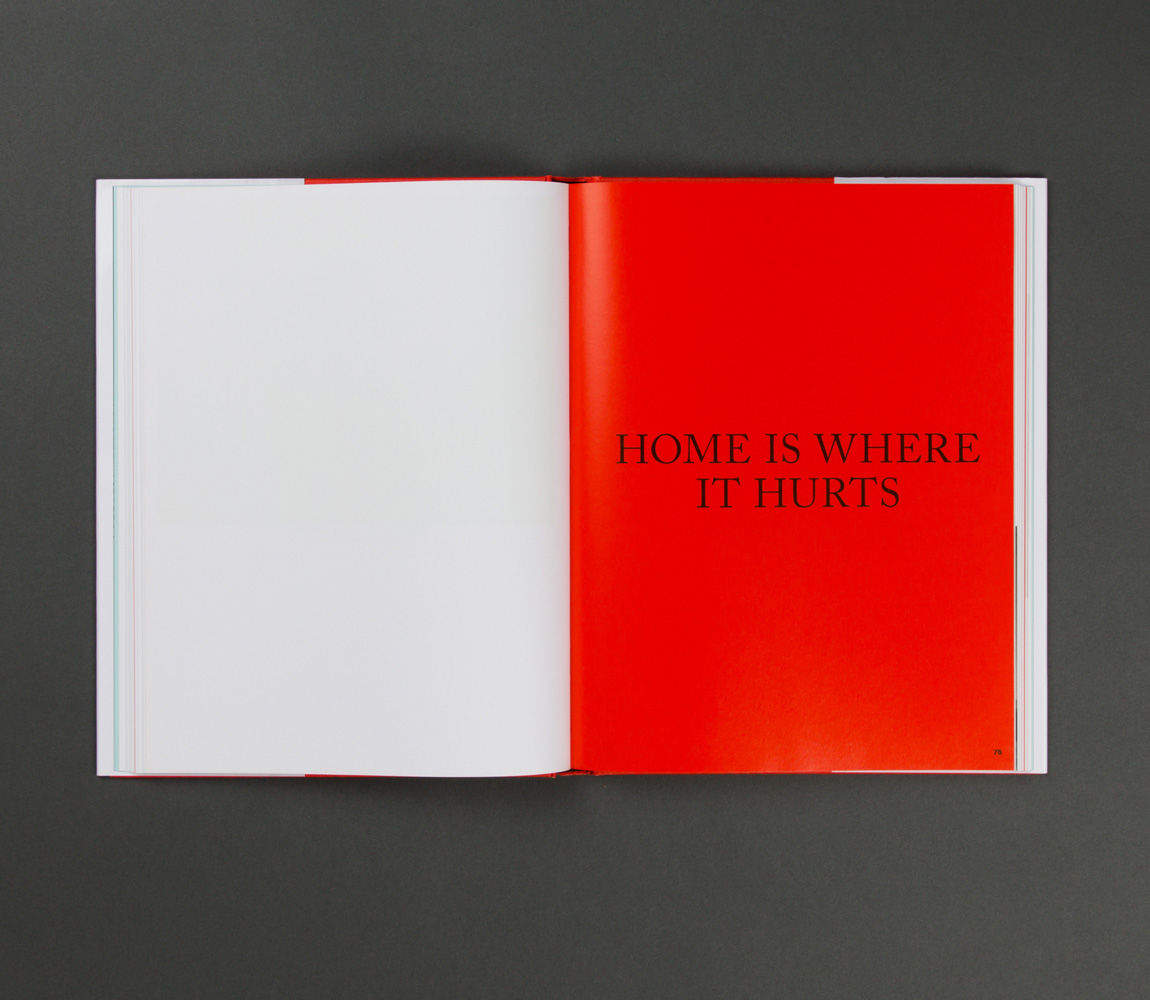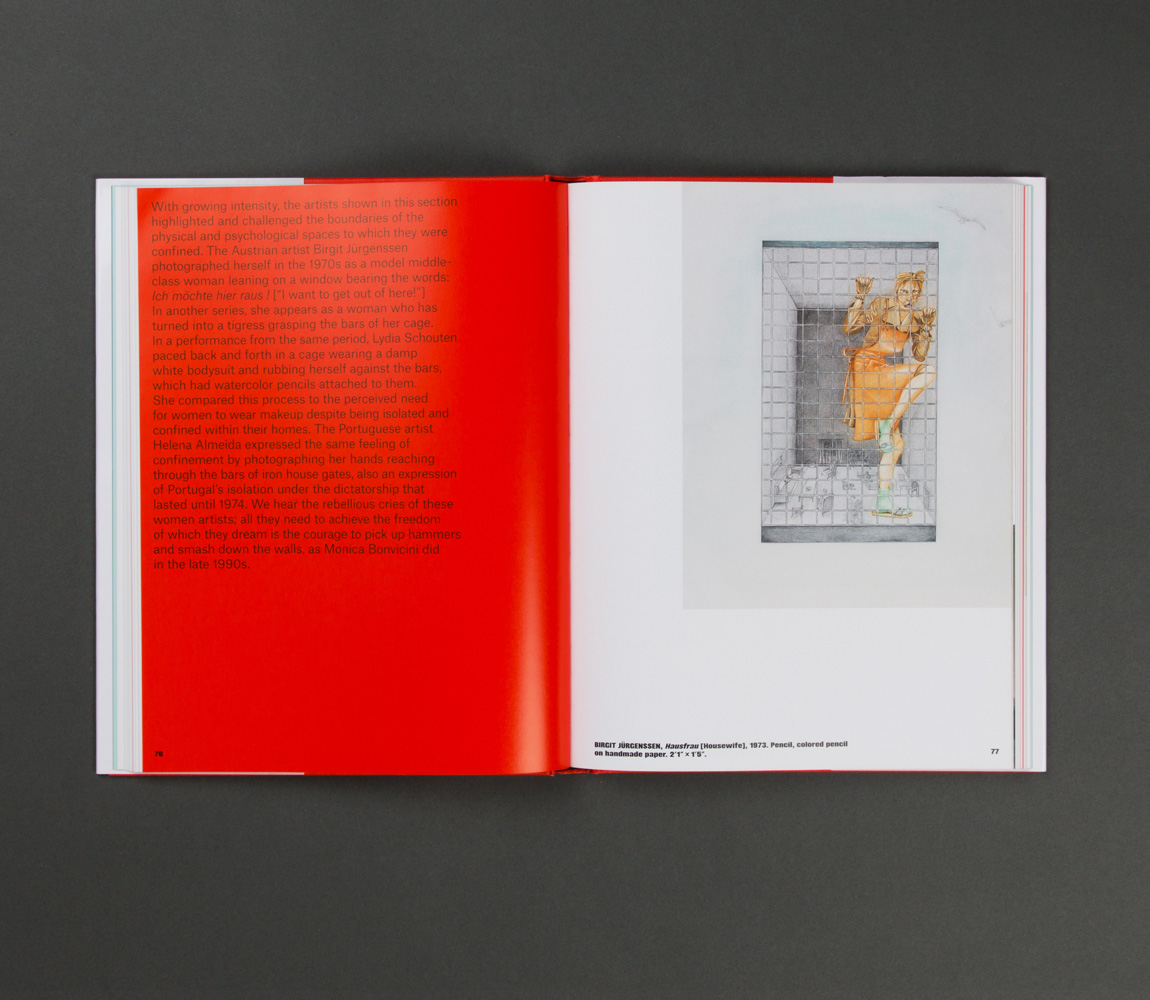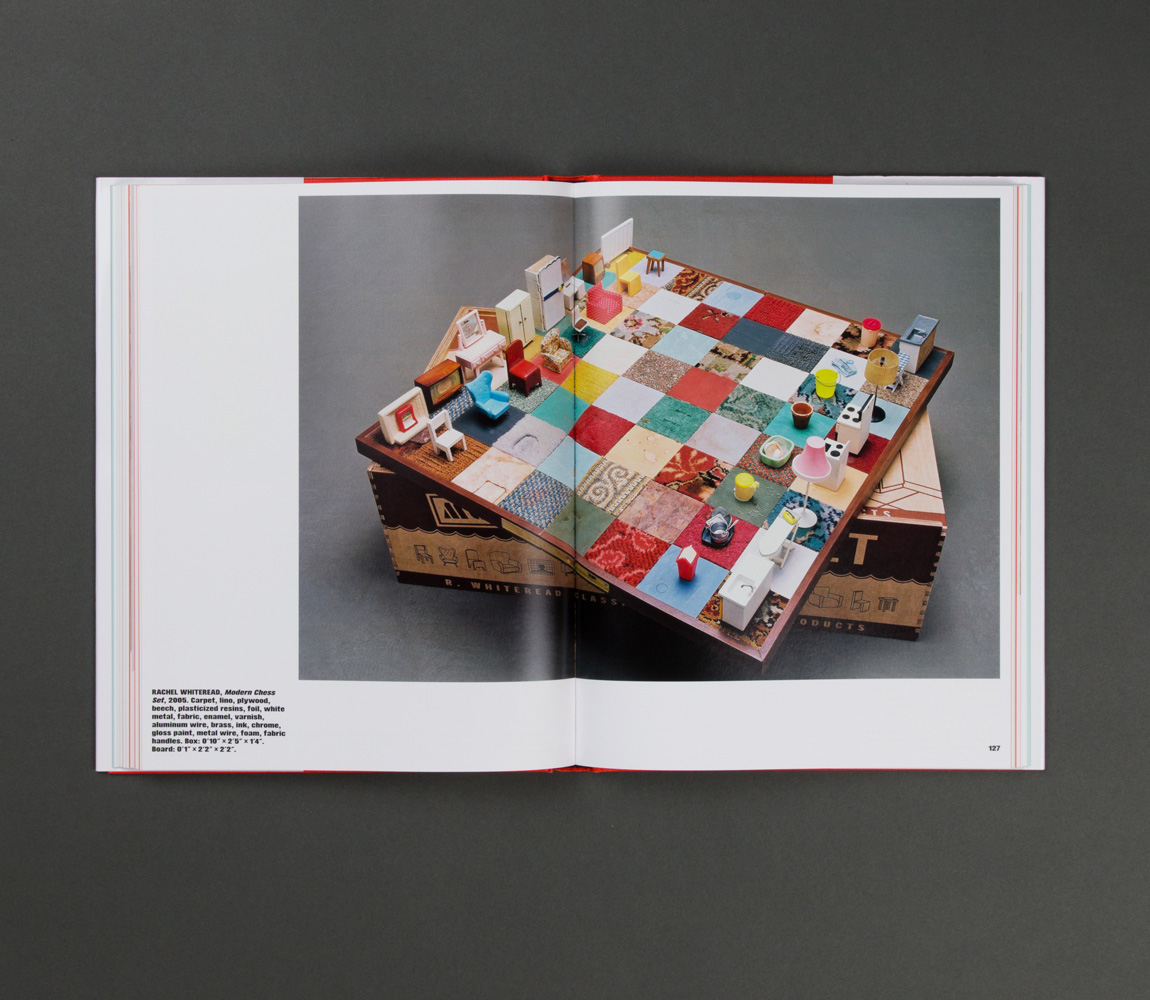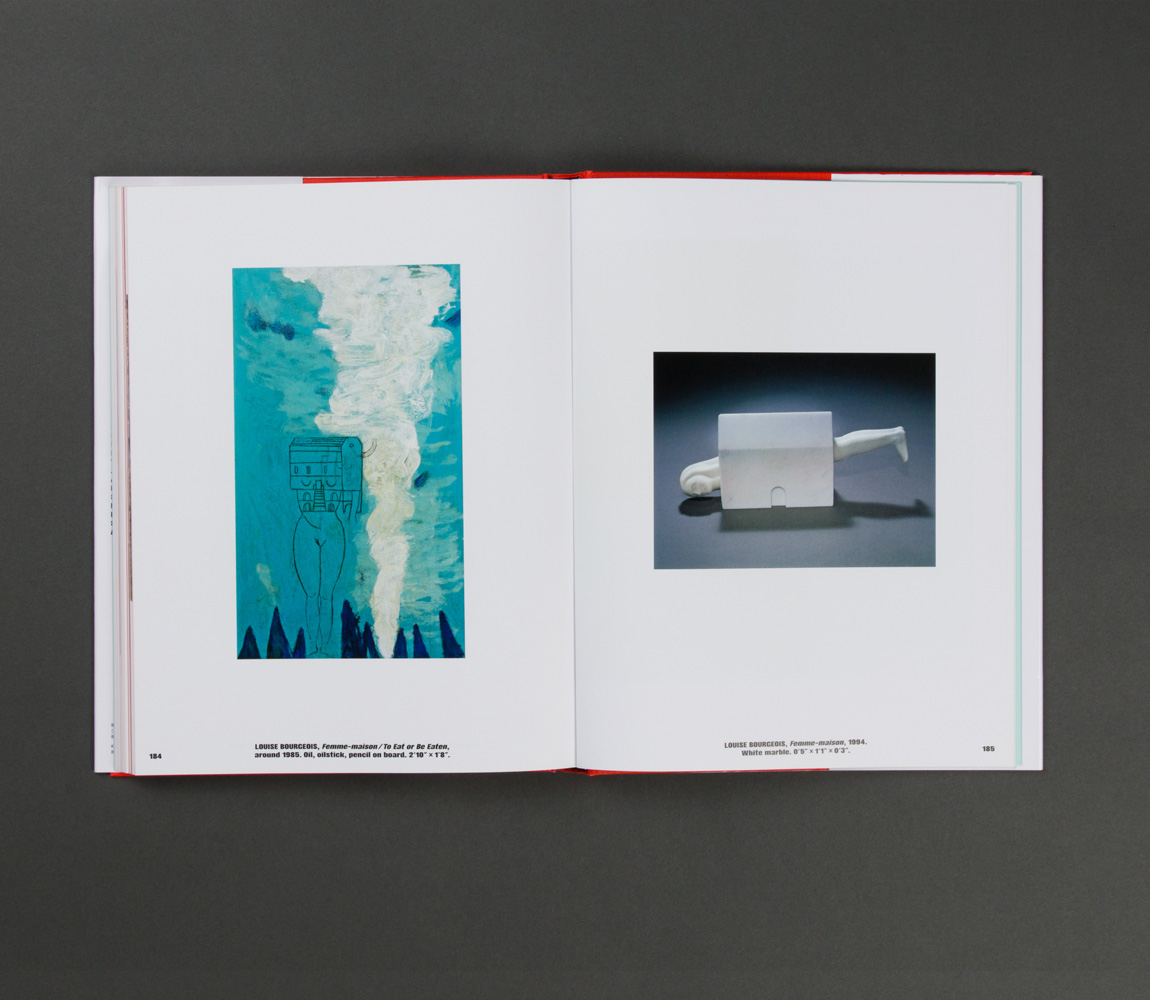Women House
“For women have sat indoors all these millions of years, so that by this time the very walls are permeated by their creative force.”
Virginia Woolf, A Room of One’s Own, 1929.
Two notions intersect in the Women House exhibition: a gender, female, and a space, the domestic sphere. Architecture and public space have traditionally been male preserves, whereas domestic space has been that of women. However, as the exhibition demonstrates, this historic fact is not a fatality. Is the “woman-house” a refuge or a prison, or can it become a space for creativity?
The catalogue of the exhibition reflects the complexity of the possible points of view on the subject, which are not only feminist but also poetic and nostalgic. Women artists turn the house inside out: a symbol of isolation becomes a symbol of the construction of identity, the intimate becomes political, private space becomes public space, and the body turns into a piece of architecture. According to different cultural contexts and generations of artists, the house becomes a body-house, a homeland-house, or even a world-house.
